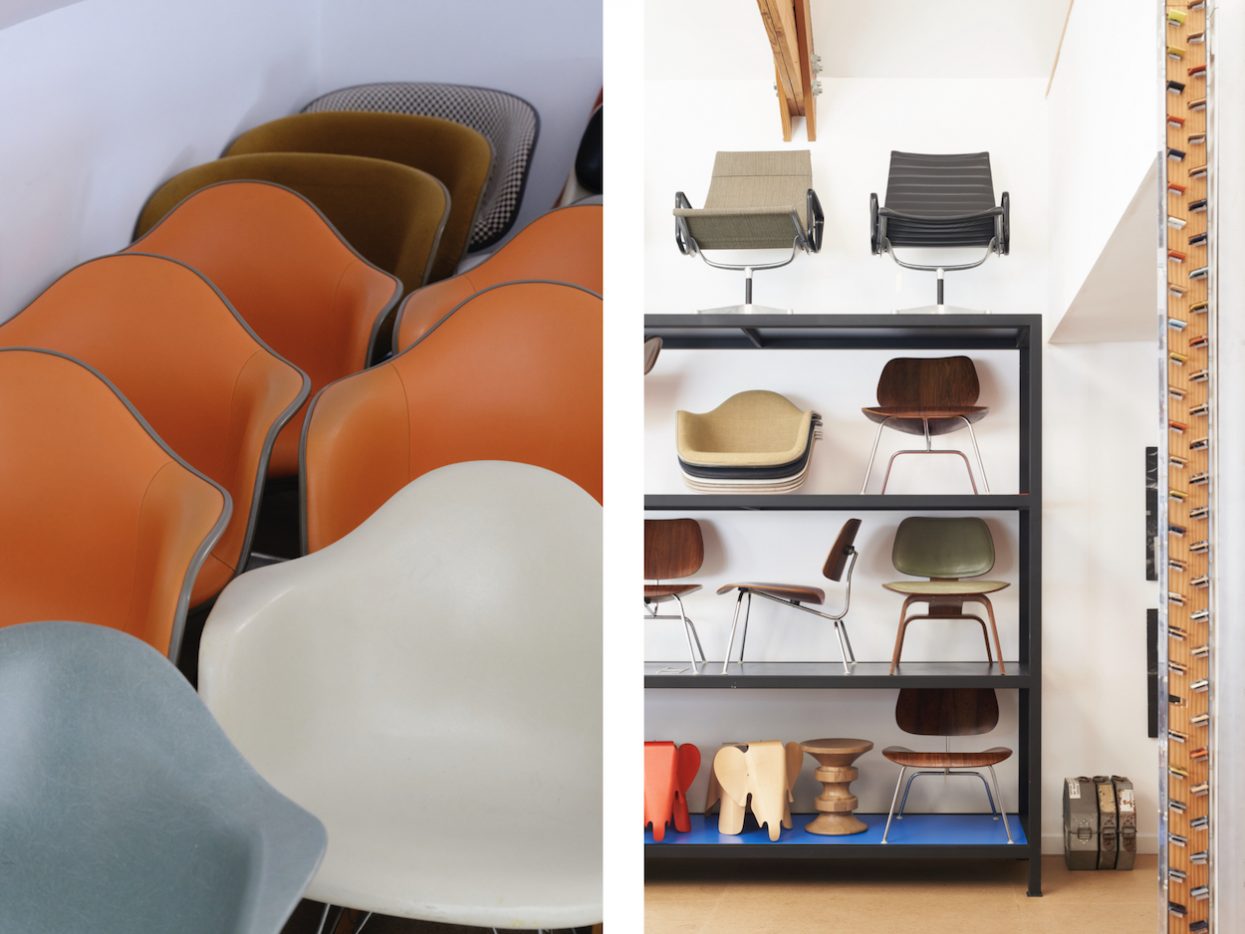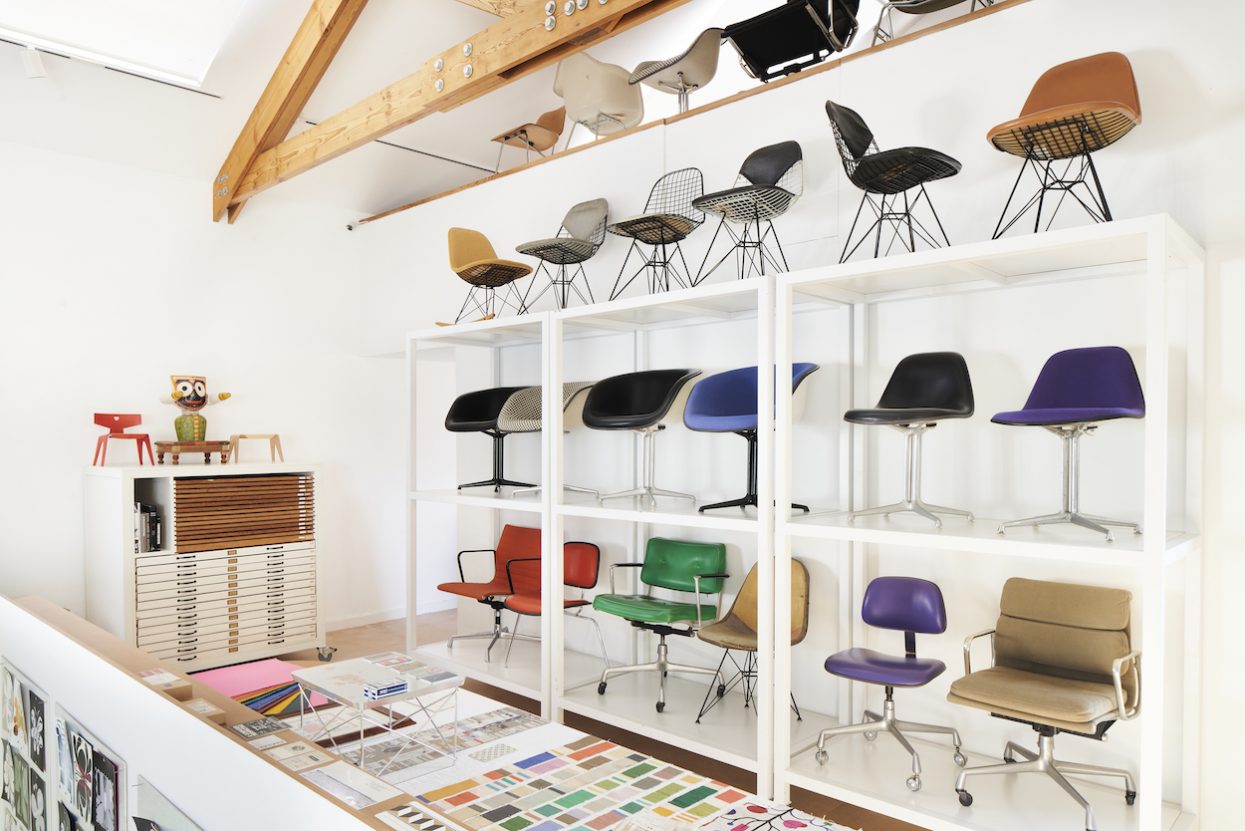Joe Gebbia planned on being a fine artist when he first arrived at the Rhode Island School of Design, but quickly became fascinated with industrial design—in particular, the widely influential molded plywood chair by Ray and Charles Eames. Diving into the midcentury power couple’s ethos of democratizing design for the masses, he recalls, set him on the course that resulted in the founding of Airbnb, the ubiquitous home-sharing platform recently valued at more than $130 billion. Now, the entrepreneur is paying it forward by financially backing the Eames Institute for Infinite Curiosity, a newly launched nonprofit that aims to bring the duo’s lessons to those looking to solve today’s thorniest design issues.
The nonprofit is the brainchild of curator Llisa Demetrios, granddaughter of Ray and Charles, who previously worked as a bronze sculptor and an archivist at New York’s Museum of Modern Art. She’ll help steer the institute alongside president and CEO John Cary, who formerly served as the executive director of Public Architecture and consulted for the Obama Foundation. The institute currently exists as a website that will publish an online magazine called Kazam! (fittingly named after a tool the duo designed to create complicated 3D forms such as molded furniture) and an archive of Eames objects that can be explored in detail. While the institute is operating out of the private Eames Ranch in Petaluma, California, plans to open a physical space aren’t set in stone just yet.




